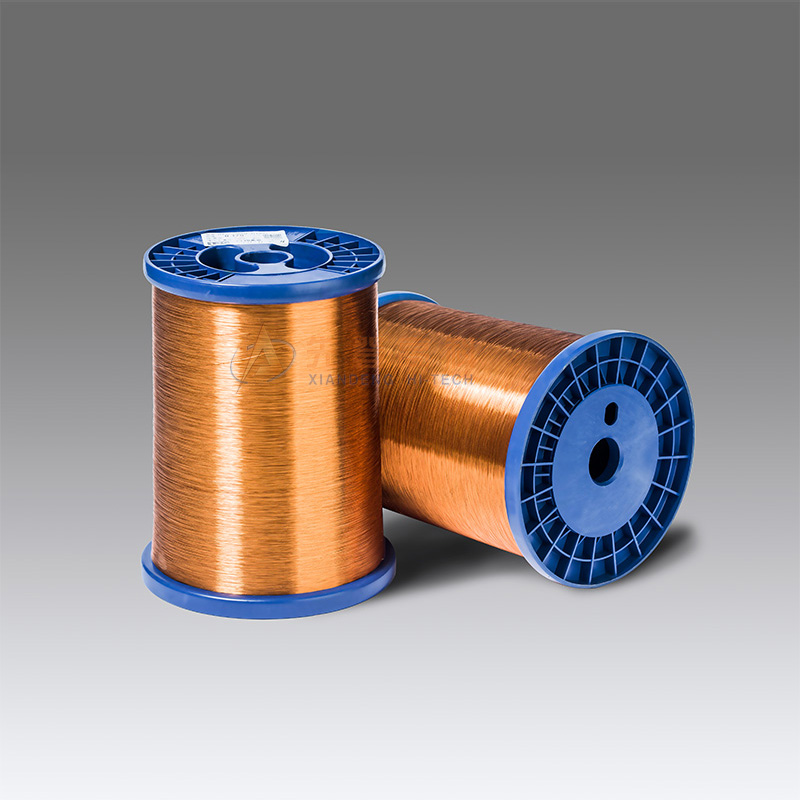

When we are installing car audio, never underestimate t […]
When we are installing car audio, never underestimate the importance of high-quality wires. The two standard types of car audio cables are CCA (Copper Clad Aluminum) and OFC (Oxygen Free Copper). They are far from equal. The quality of the wire will vary, which will affect its ability to conduct electricity to transmit power and audio signals to your device. Let's take a look at the difference between these two options.
Copper is a commodity and the most expensive component in wires. In our industry, we see wires incorrectly marked as heavier gauges, or the insulation is too thick to make it look more than it actually is. CCA is a copper clad aluminum wire, which is an aluminum wire with a very thin copper coating. Copper-clad aluminum wire may look the same as other copper wires on the outside because it is essentially aluminum and is coated with a thin layer of copper. You need to see it from the front to see the aluminum in the center. It is cheaper than wires made entirely of copper (such as OFC). It is also lighter than pure copper wire.
OFC is made of copper, has high conductivity, and can handle the large amount of current required by the amplifier. This current is needed to ensure that our car audio system operates at its best performance. The main disadvantage of the OFC line is not to say that it is really a disadvantage, but the price. Many car audio enthusiasts may find that the upfront cost of OFC is too high. Although the idea of oxygen-free wire is called a gimmick in the field of home theater and car audio, some people say that its conductivity is only slightly higher than ordinary copper wire, but the term itself is usually used to describe various quality metal wires. You may see some places promoting OFC or oxygen-free copper wire. Is this a worthy upgrade to the "standard" 100% copper wire? For speaker cables, depending on your requirements, OFC cables may have some advantages. But it is not a factor for powering car accessories.